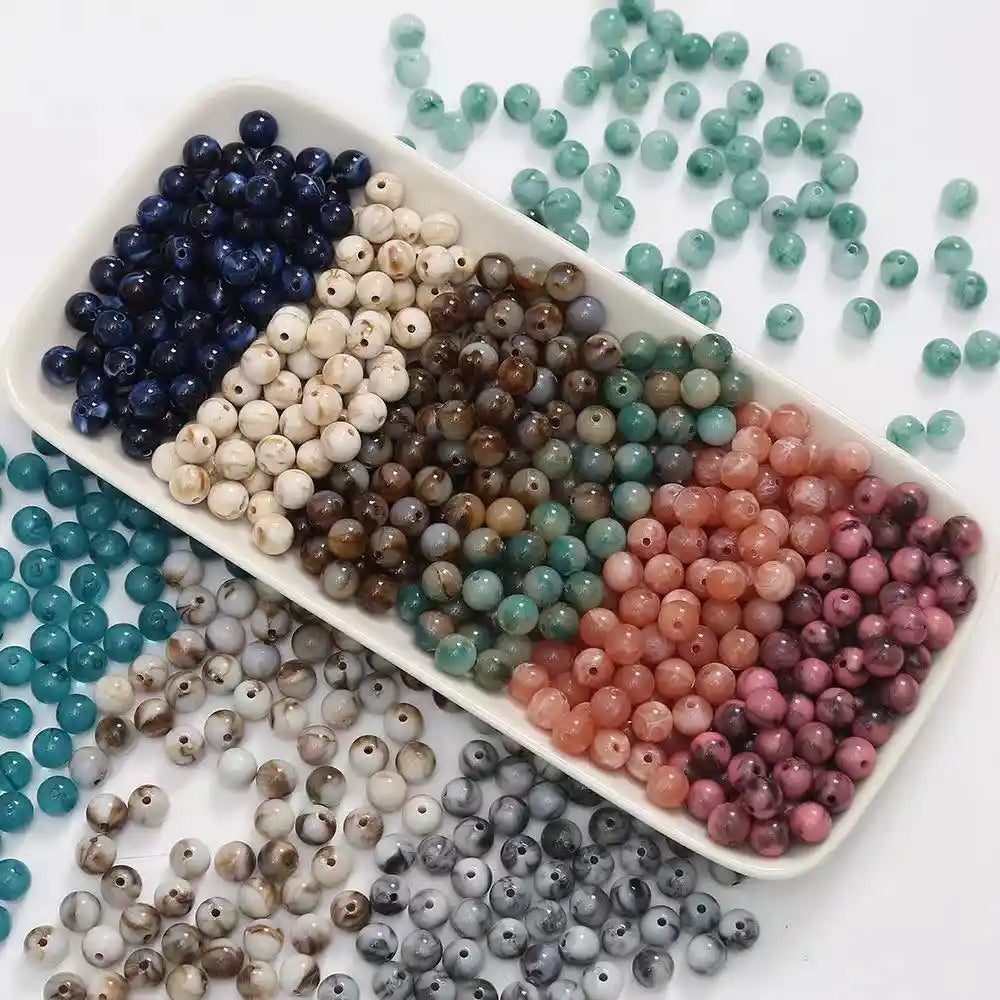
In the quest for sustainability, the jewelry industry is undergoing a transformative shift. Traditional mining practices, which contribute to deforestation, water pollution, and carbon emissions, are being replaced by innovative solutions. This article explores how synthetic materials like resin and plastic, along with recycled metals and lab-grown gemstones, are redefining jewelry as a beacon of environmental responsibility.
The Imperative of Eco-Friendly Materials
The conventional jewelry supply chain is fraught with environmental degradation. For instance, gold mining generates approximately 57 kg of carbon dioxide per carat, while diamond extraction often involves harmful chemicals like cyanide. In contrast, recycled metals and lab-grown diamonds significantly reduce ecological footprints. These materials not only preserve natural resources but also align with consumer demand for ethical products.
Synthetic materials like resin and plastic present additional opportunities. Resin, a versatile and lightweight polymer, is being used to create intricate, durable jewelry pieces. Its ability to encapsulate natural elements(such as flowers or seashells) offers a sustainable alternative to traditional gemstones. Moreover, advancements in nanotechnology are enhancing resin’s properties, making it more resistant and visually striking.
Innovative Applications of Synthetic Materials
Resin Jewelry:
Artistic Expression: Designers like Ted Noten and Ela Bauer use resin to create stunning, narrative-driven pieces that challenge conventional aesthetics. For example, resin-embedded hair or natural debris transforms everyday materials into wearable art.
Sustainability: Resin is non-biodegradable but can be recycled and reused, reducing waste.

Plastic Jewelry:
Upcycling: Companies like 4ocean turn ocean plastic into jewelry, raising awareness about pollution while promoting circular economies.
Affordability: Plastic accessories(such as Artificial Crystal Earrings)offer a low-impact, budget-friendly option that avoids the ethical pitfalls of fast fashion.

3D Printing:
This technology enables the production of complex, lightweight jewelry designs using biodegradable materials (such as corn starch).

The Future of Sustainable Jewelry
The industry is moving toward a circular economy, where materials are perpetually reused. Innovations like bio-based resins(derived from plant waste) and smart jewelry(that tracks environmental impact) are on the horizon. As technology advances, the line between natural and synthetic materials will blur, offering endless possibilities for eco-conscious design.